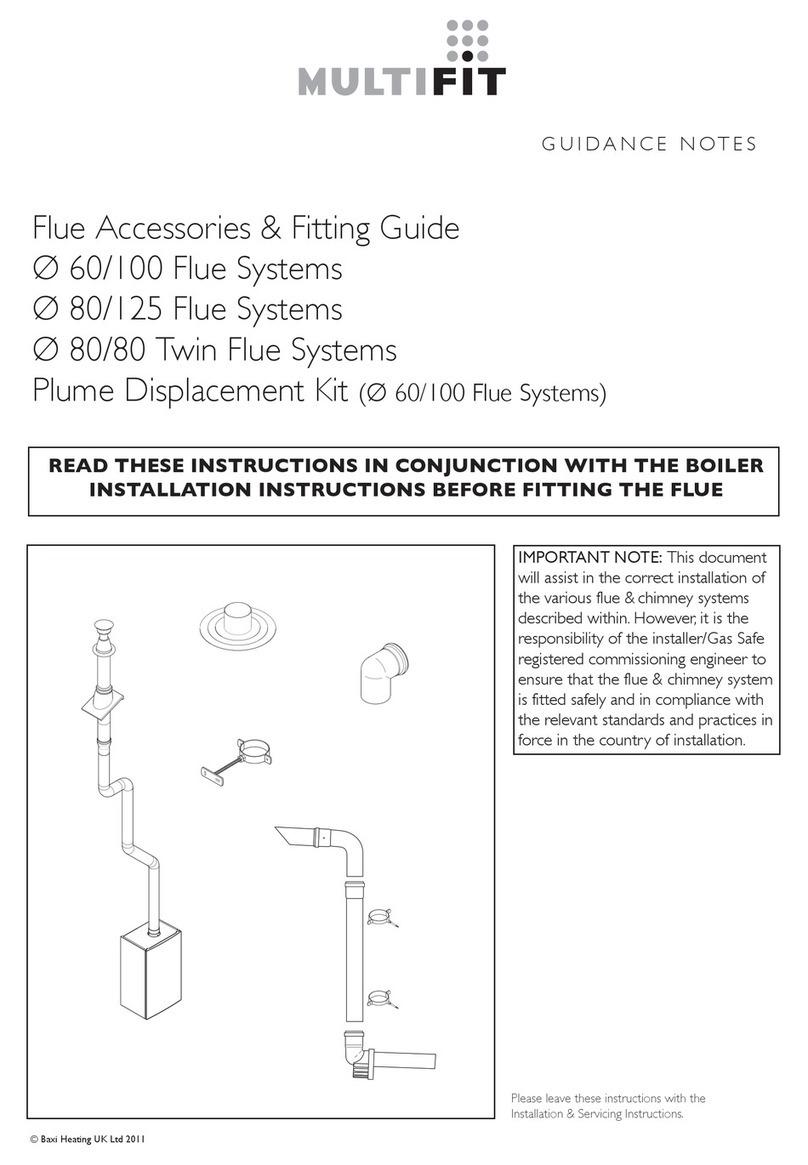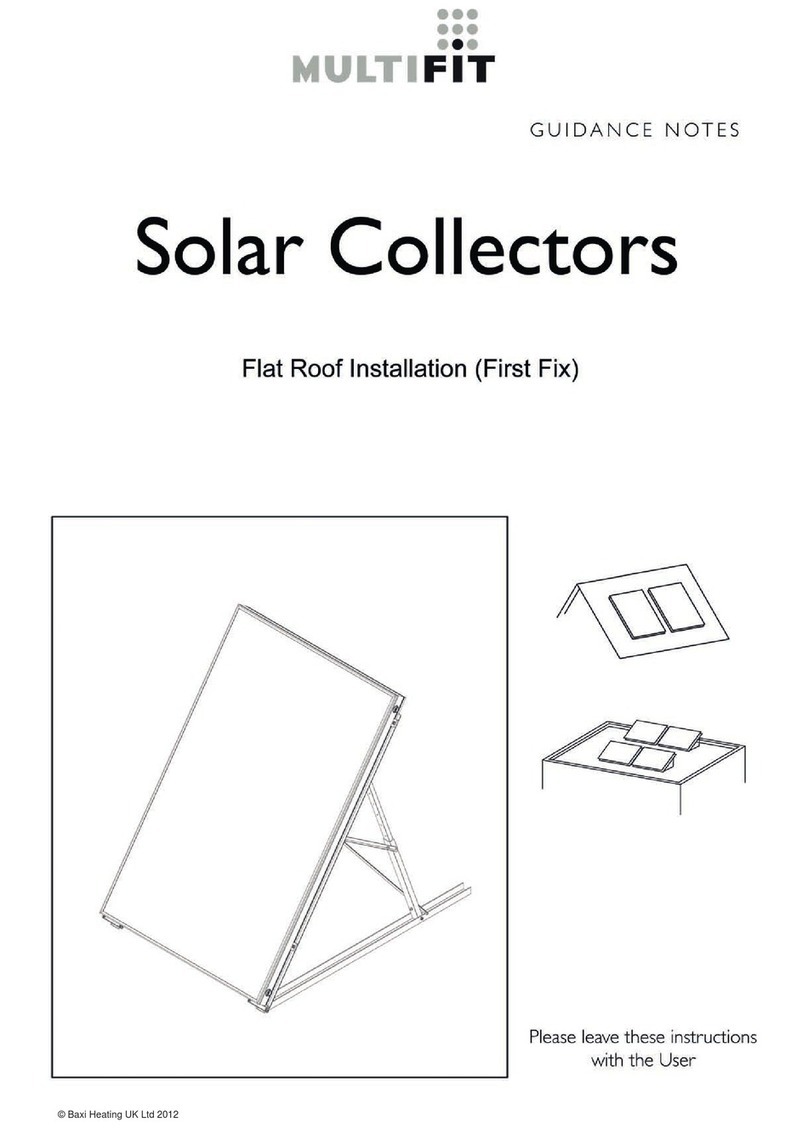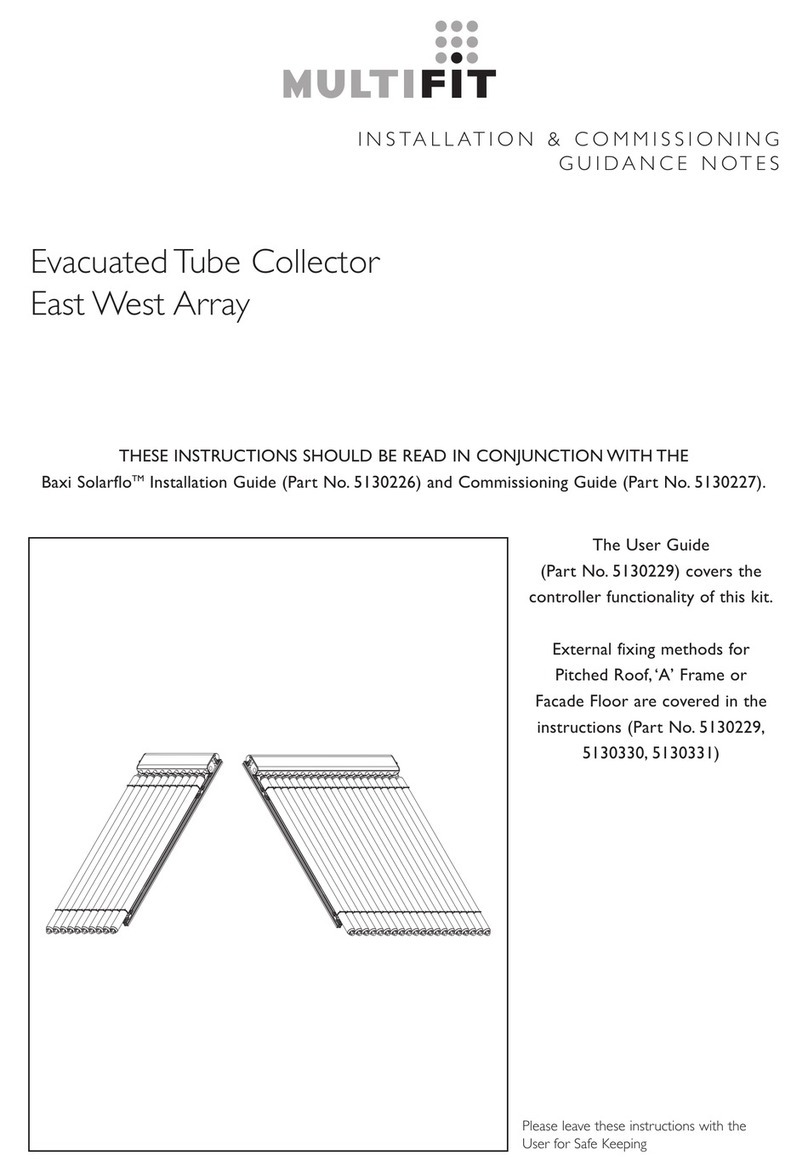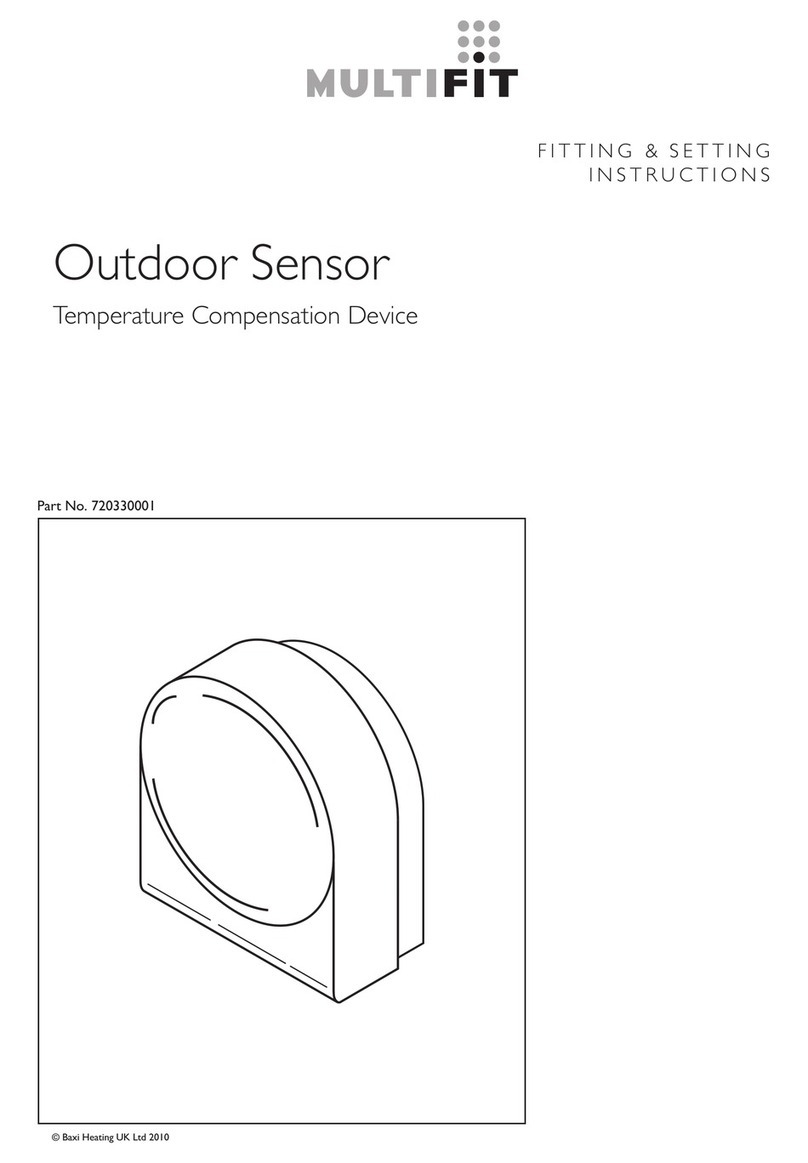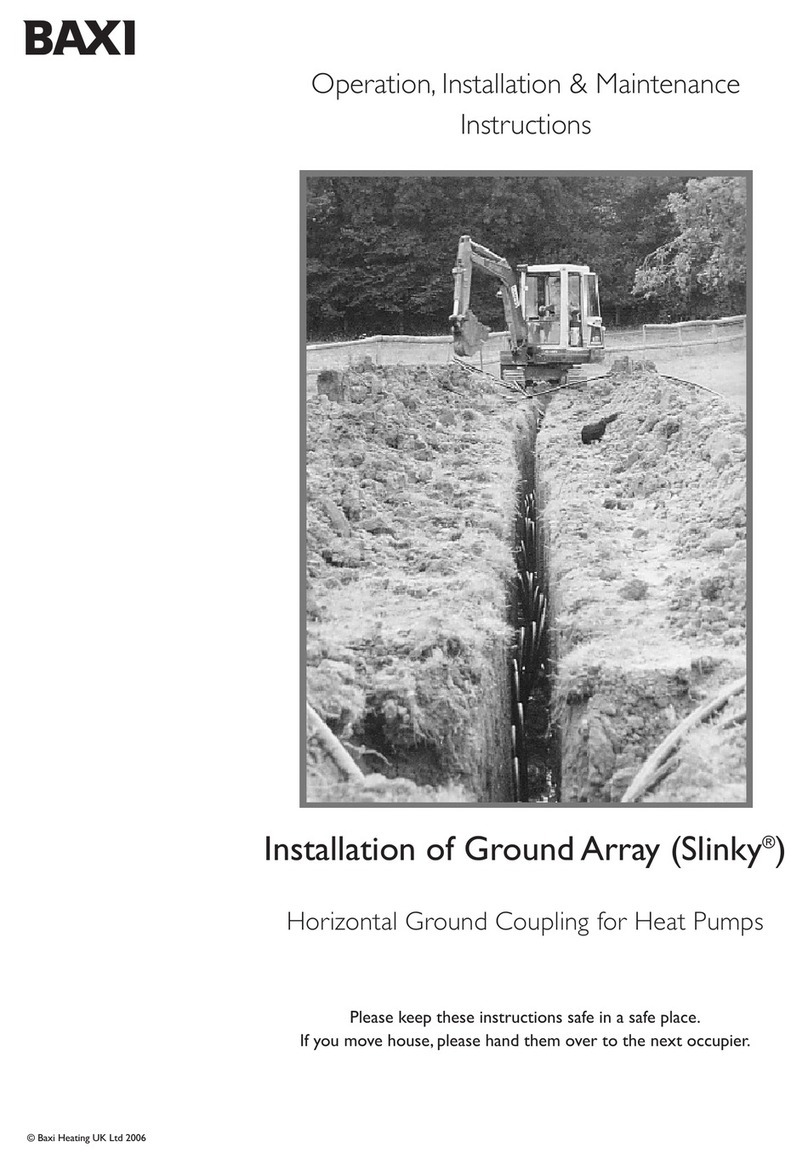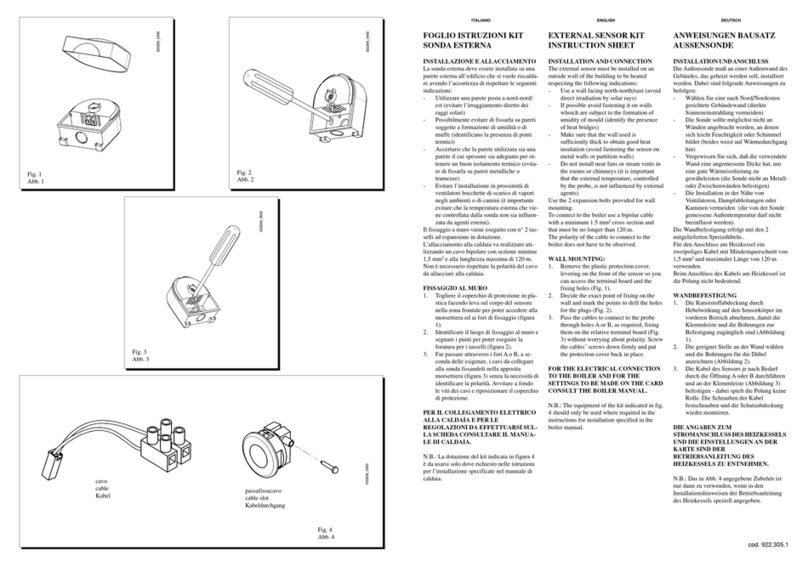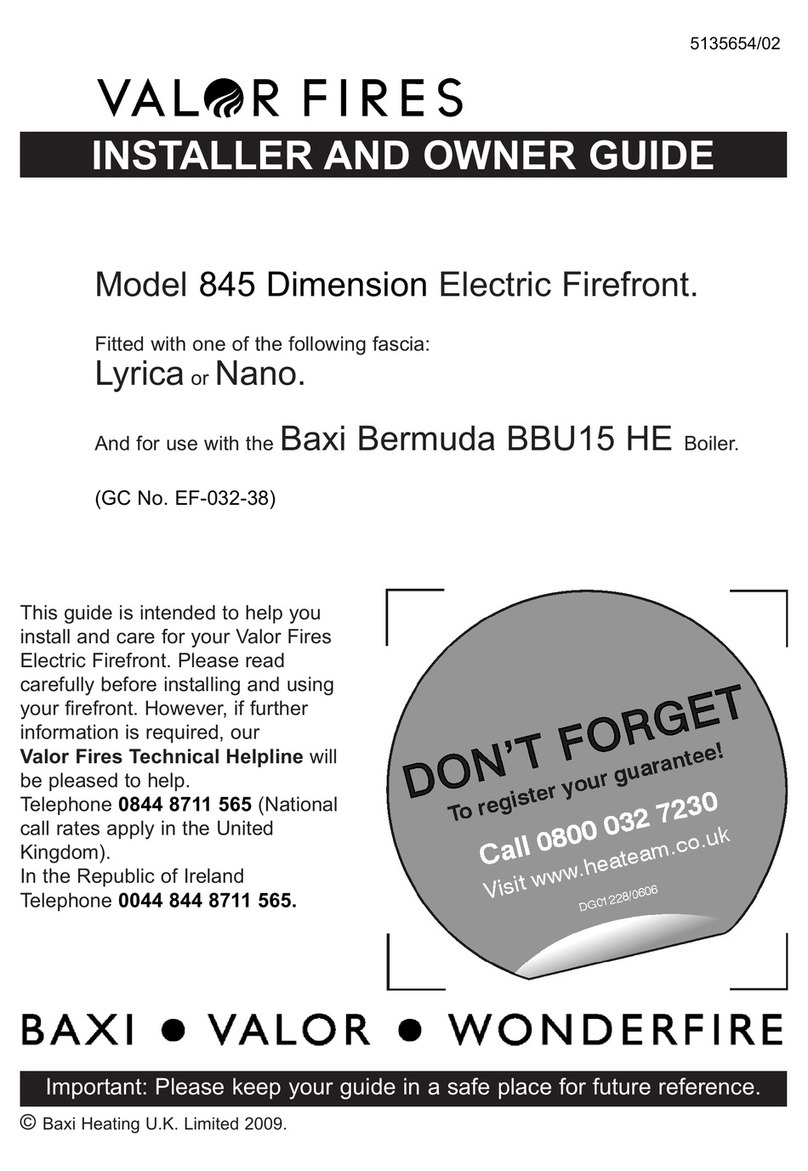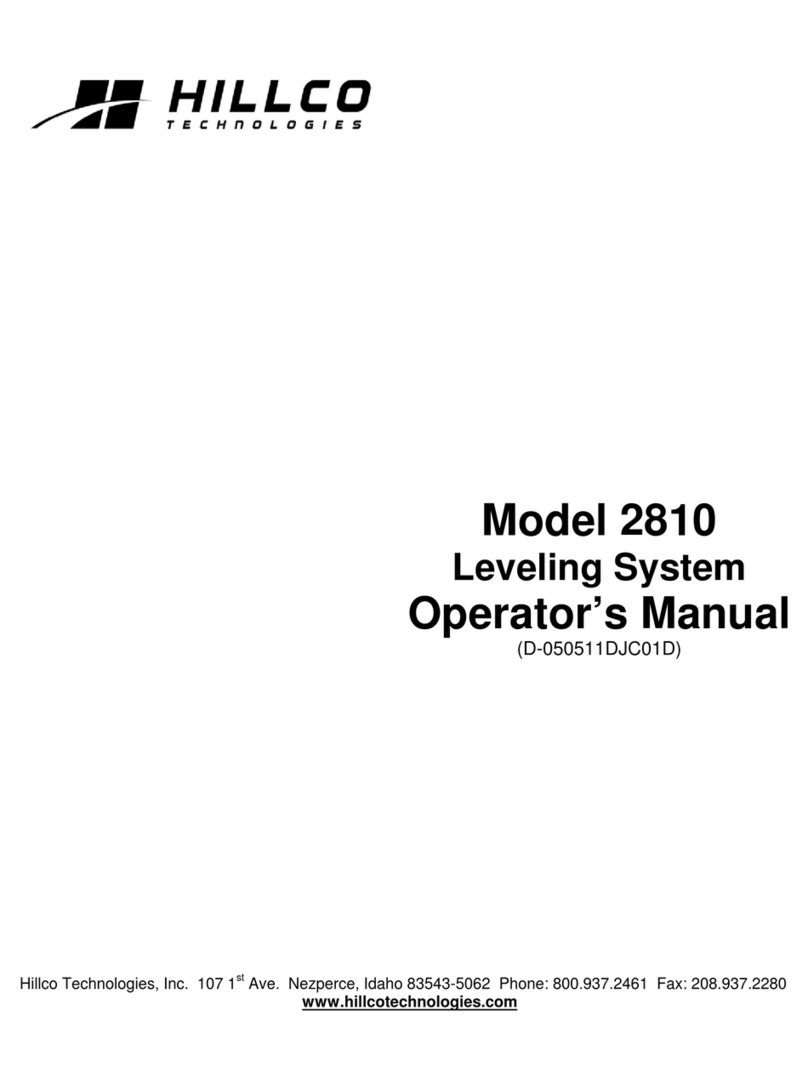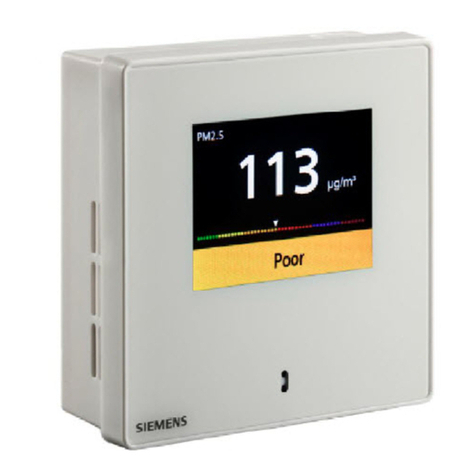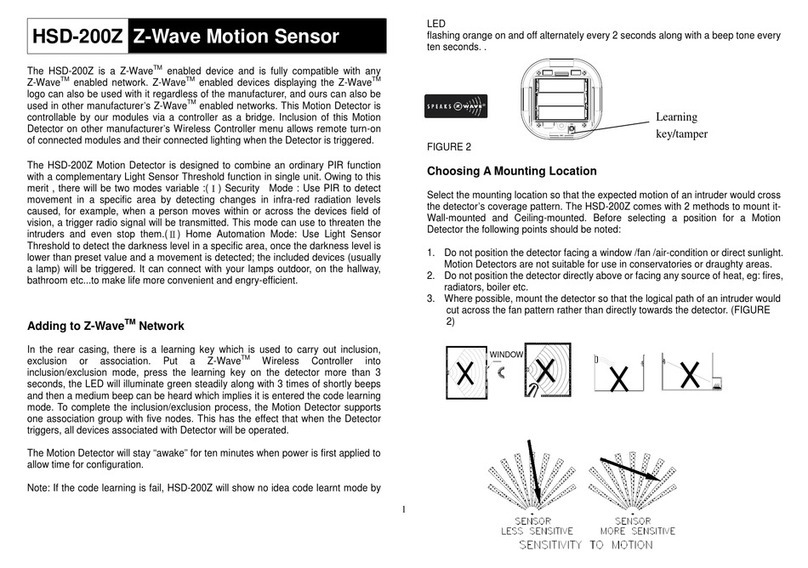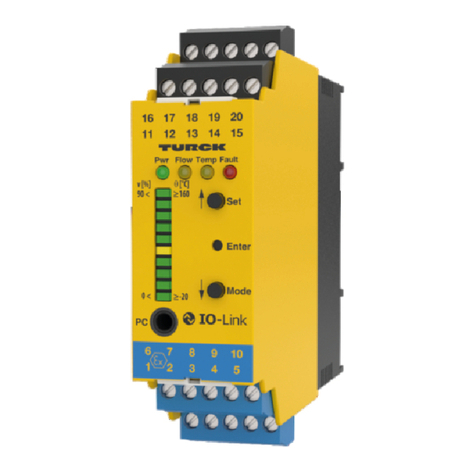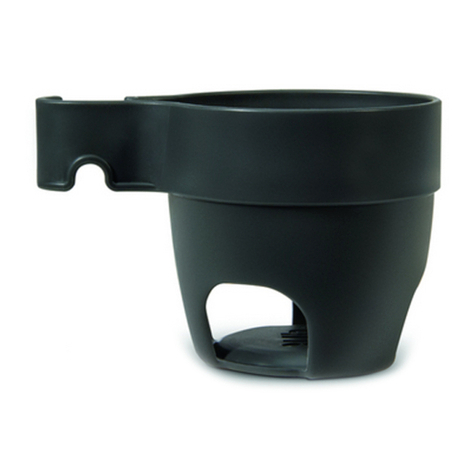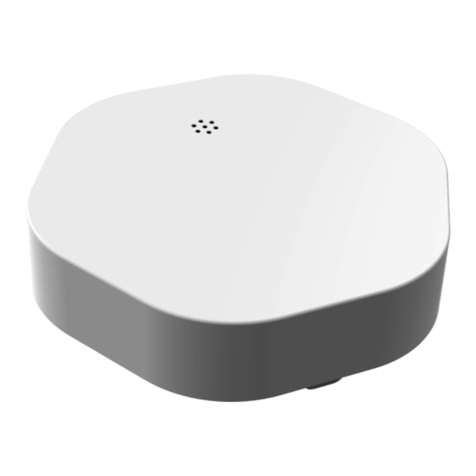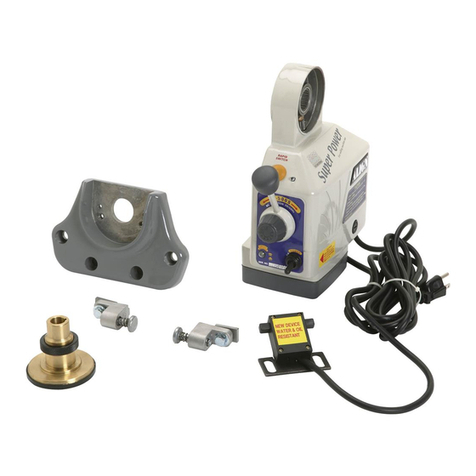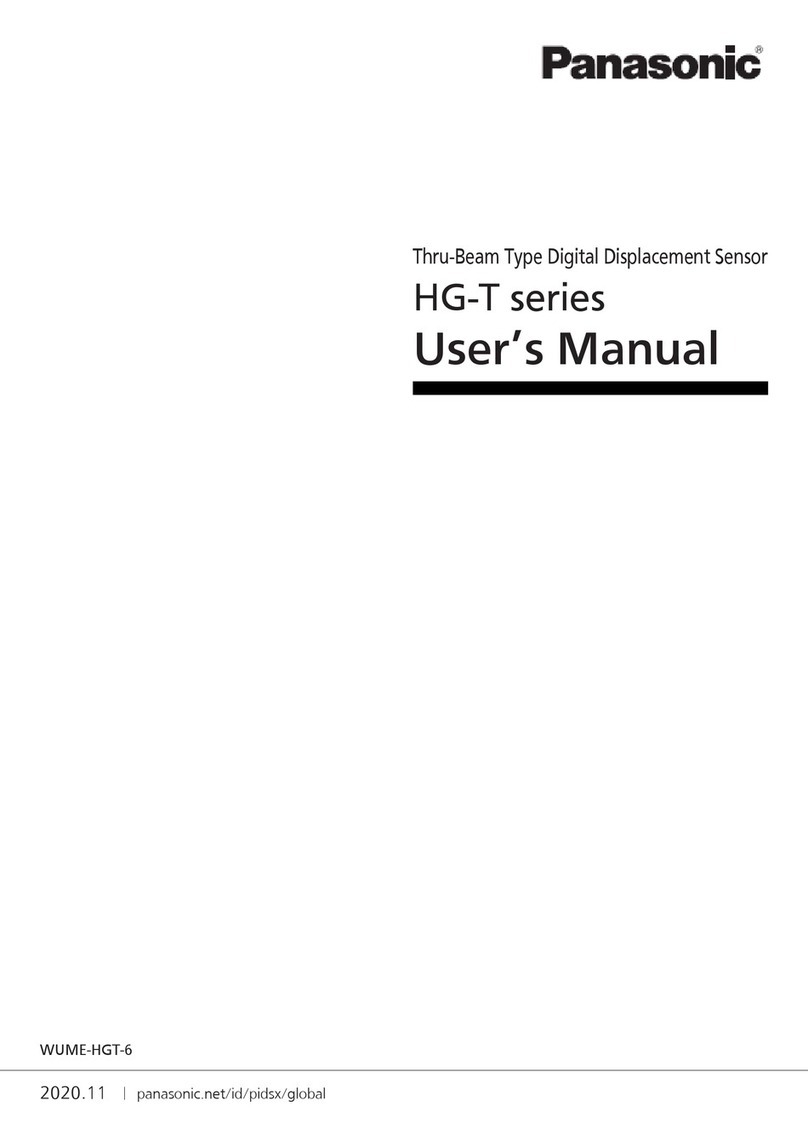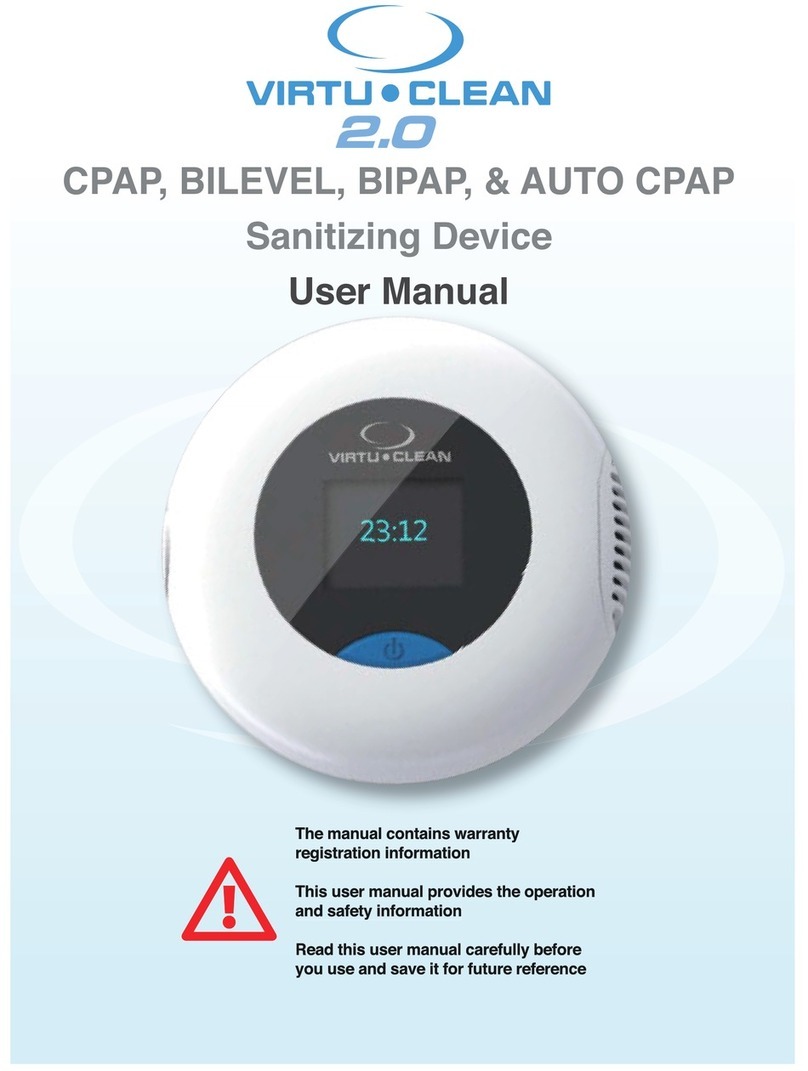6.0 General
9
© Baxi Heating UK Ltd 2011
6.2 Risk Assessments
The HSE has published a number of very useful free
publications that advise how to undertake risk assessments.
Two of these that you should obtain are:
Five Steps to Risk Assessment.
A Guide to Risk Assessment Requirements.
The five steps outlined in the HSE leaflet are:
Step 1: Look for the hazards
This will mean looking at the site and identifying significant
hazards.These could be features such as a steep roof, a fragile
surface where the collectors may be mounted, uneven ground
or obstructions where access to the roof might be required.
Step 2: Decide who may be harmed and how
This might mean considering the particular risks that young
workers or trainees might face and thinking about the
residents of the household or visitors who could be hurt by
your activities.
Step 3: Evaluate the risks and decide which precautions should
be made You should consider how likely it is that each hazard
will cause harm, decide which precautions you might take and
then assess, after you have taken those precautions, whether
the remaining risk will be high, medium or low. Where you
identify remaining risks, you should consider which further
action you could take to control the risks so that harm is
unlikely.
Step 4: Record your findings
If you have fewer than five employees you do not need to
write anything down, though it is useful to keep a written
record of what you have done. If you employ five or more
people you must record the significant findings of your
assessment.You must also tell your employees about your
findings.You need to be able to show that a proper check was
made, that you considered who might be affected, that you
dealt with all the obvious significant hazards, that the
precautions you propose are reasonable and that the
remaining risk is low.
Step 5: Review your assessment if necessary
Each solar water heating installation may bring its own
challenges and present its own particular hazards.You should
therefore be careful not to rely on a “standard” risk assessment
for installing a solar water heating system in a house, but
review the particular hazards for each new situation.The issue
of work equipment must be considered, but at the preparation
stage you should consider where scaffold or other access
equipment might be positioned and look out for any obvious
obstacles to this, such as a conservatory or porch.
In addition to the risks associated with work at height, you
should also consider the risks associated with lifting and
carrying solar collectors, using electric drills and using blow
lamps or blow torches for soldering.This is not an exclusive list
and so you should consider all aspects of the proposed
installation to assess whether there are additional risks that
need to be taken into account.
